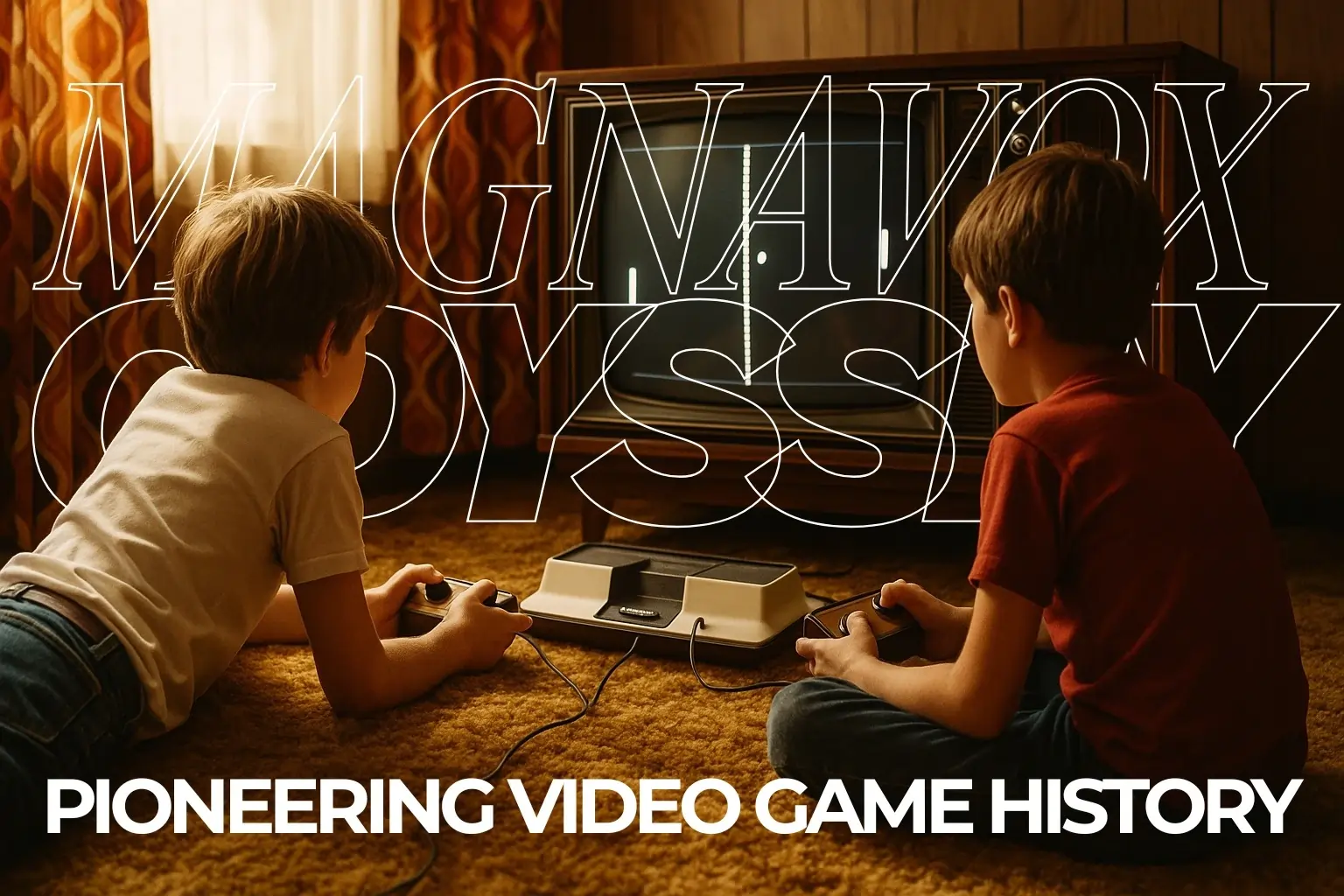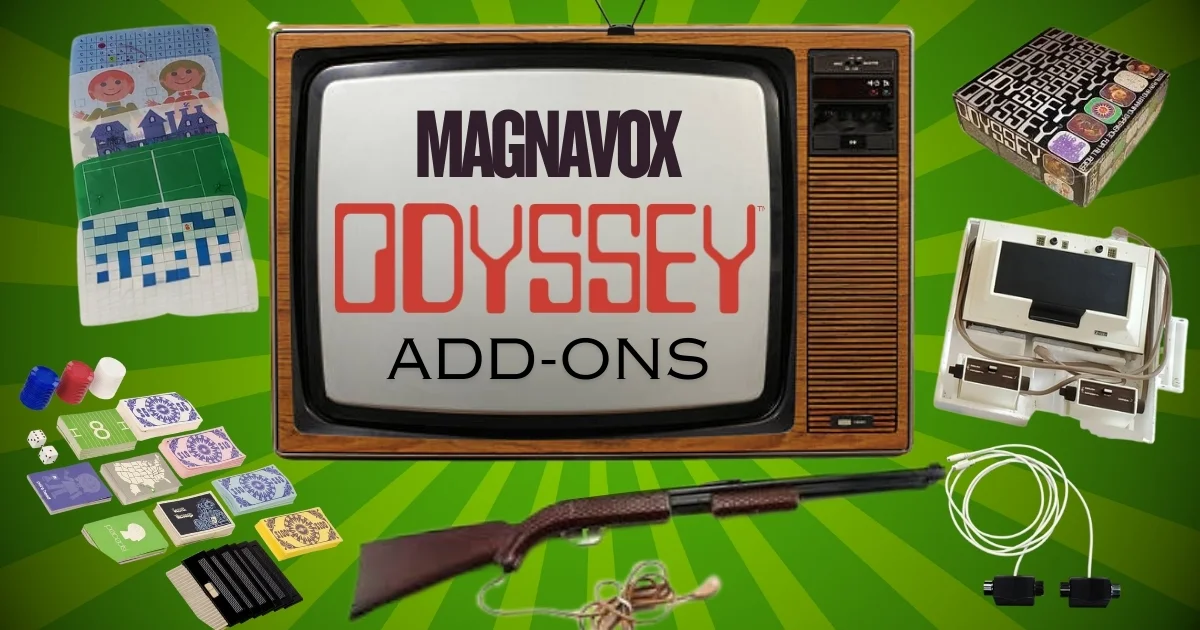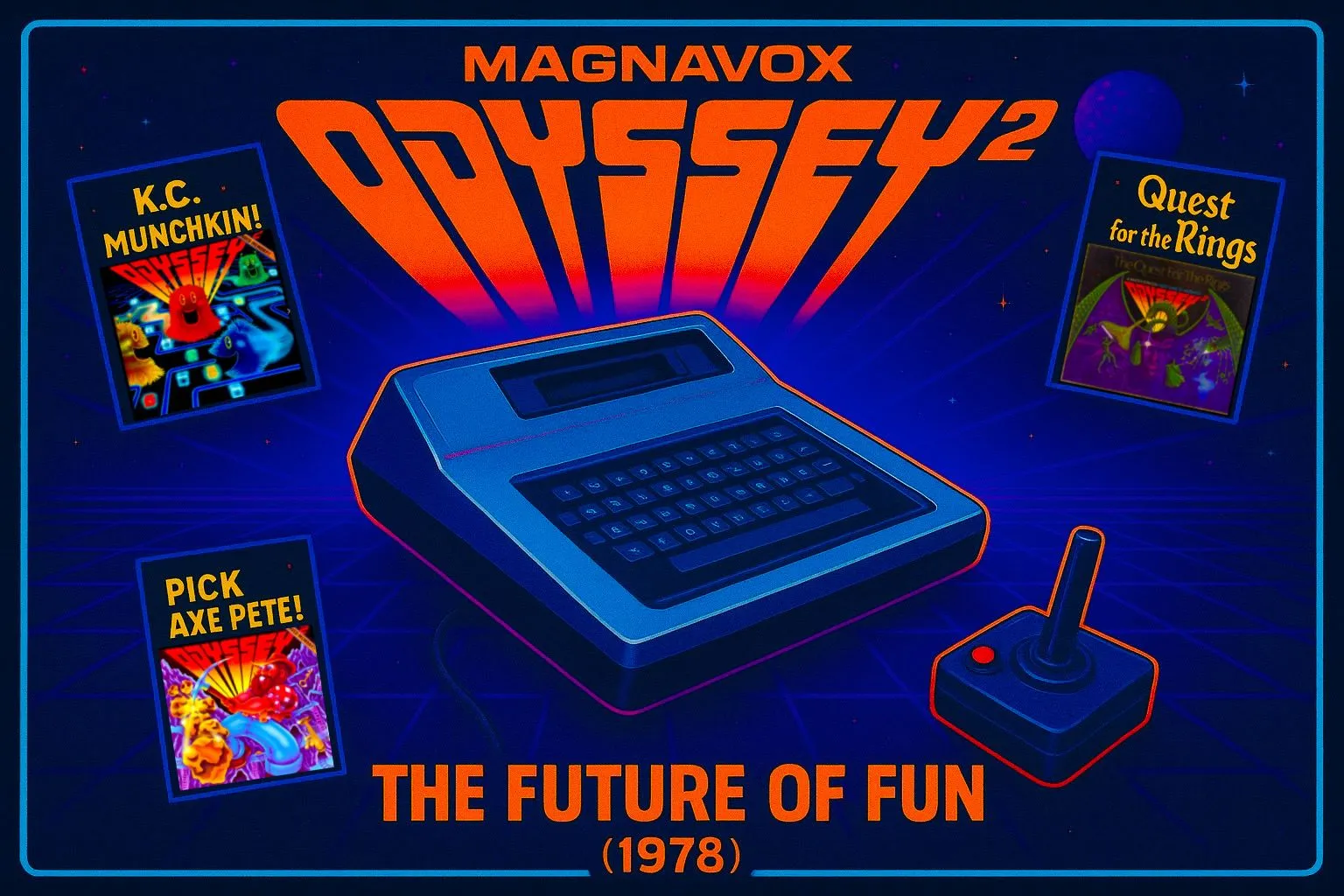Before It All: A Glimpse into First Video Game Console History
Before Xbox and PlayStation, before Nintendo and Sega, there was Odyssey. The story of video game consoles did not begin in the 1980s or even the late 1970s. It started in 1972 with a quiet but revolutionary device: the Magnavox Odyssey. The world’s first home video game console, the Odyssey, planted the seed for an industry that would grow into a multibillion-dollar global phenomenon. For retro gaming enthusiasts, students of technology, and curious gamers alike, understanding where it all began reveals not just how much has changed, but also how much was visionary from the very beginning.
Released in 1972, the Magnavox Odyssey was the very first home video game console. It connected to a standard television set and featured two analog paddle controllers. With no microprocessors or internal memory, it ran on analog circuitry and utilized plastic overlays that clung to the TV screen to simulate visual environments. Instead of ROM-based cartridges, it used logic cards to modify circuitry for different games.
Key facts about the console:
- Launch Date: September 1972
- Developer: Magnavox (based on Ralph Baer’s designs)
- Display: Black-and-white TV output
- Controls: Two wired paddle-style controllers
- Visuals: Used screen overlays instead of built-in graphics
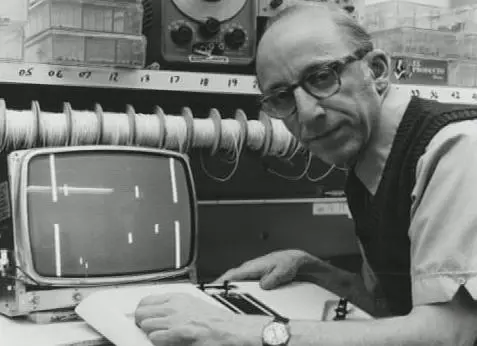
From Basement to Living Room: Ralph Baer’s Vision
The Odyssey began as a dream inside the head of Ralph H. Baer, a German-American engineer working for Sanders Associates. In 1966, Baer jotted down the idea of interactive television on a notepad. By 1968, he and his team had created a working prototype known as the “Brown Box”.
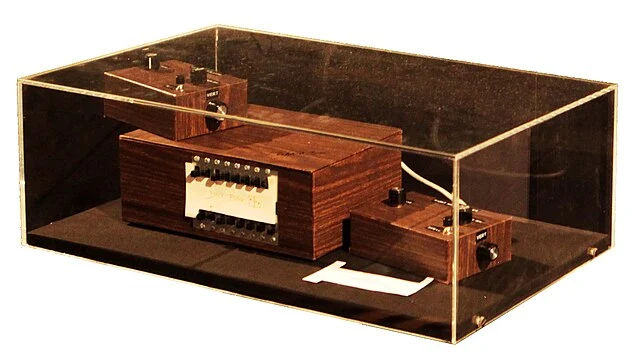
This prototype featured rudimentary games like table tennis, chase games, and checkers. The concept was pitched to several manufacturers, but it was Magnavox that saw its promise. By 1971, Magnavox had licensed the design, and a year later, the Magnavox Odyssey made history as the first commercially available home video game system.
The retail package included:
- The console and controllers
- Twelve game cards
- Dice, play money, and score sheets
- Plastic screen overlays that clung to CRT TVs
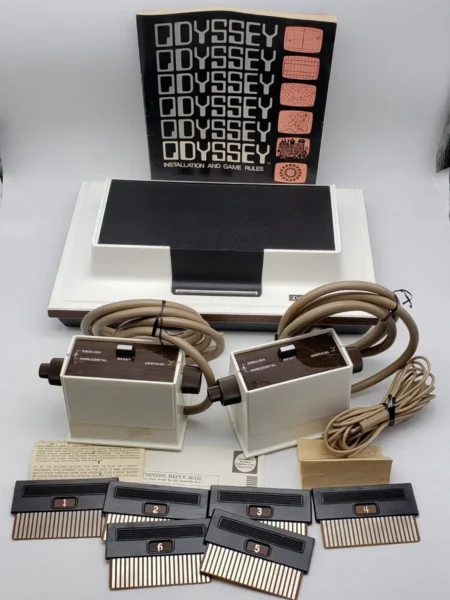
Why the Magnavox Odyssey Was Unlike Anything Else
Despite its technological limitations, the Odyssey introduced revolutionary ideas that influenced future generations of consoles.
No On-Screen Graphics? No Problem
Because the Odyssey couldn’t render digital visuals, it relied on physical overlays—transparent plastic sheets placed directly on the television screen—to create game environments like tennis courts or haunted houses. The player’s “dot” was just a bright square, but the illusion of gameplay was convincing enough for the time.
Hardware-Driven Game Variety
The interchangeable cards weren’t game software in the modern sense—they rerouted circuitry inside the machine. Each card activated different internal logic to produce new gameplay, such as vertical movement or ball bounce.
Interactive Fun for Two
With paddle-style controllers, players could compete or cooperate in real time. The analog controls gave users a sense of agency and interactivity, which was groundbreaking in an era dominated by passive media like television.
Marketing Missteps and a Mixed Reception
Magnavox’s marketing strategy—limiting Odyssey sales to authorized Magnavox dealers—led to confusion. Many consumers believed the console only worked on Magnavox televisions. This myth, combined with the console’s unfamiliar gameplay and steep price ($100 in 1972), limited its initial success.
Nonetheless, the Odyssey sold around 350,000 units between 1972 and 1975. For comparison, this was a modest figure compared to later giants like the Atari 2600, but it proved there was a demand for home gaming.
Bundled games included:
- Table Tennis
- Haunted House
- Simon Says
- Cat and Mouse
- Roulette, and more
Odyssey was also the first console to introduce a light gun peripheral, the Shooting Gallery, paving the way for interactive shooting games.
Pong, Patents, and the Rise of a Rival
In 1972, Nolan Bushnell and Atari released Pong, a wildly popular arcade game that bore a striking resemblance to the Odyssey’s Table Tennis. Magnavox took legal action, claiming Atari had infringed on Baer’s patents.
After several court battles, Atari agreed to a settlement in 1976 and became a licensee of Baer’s technology. This lawsuit not only validated Baer’s role as the true pioneer of video gaming but also established a legal framework for future console development.
Following the lawsuit, Atari released the Atari 2600 in 1977, ushering in the second generation of home consoles and pushing video gaming into the mainstream.
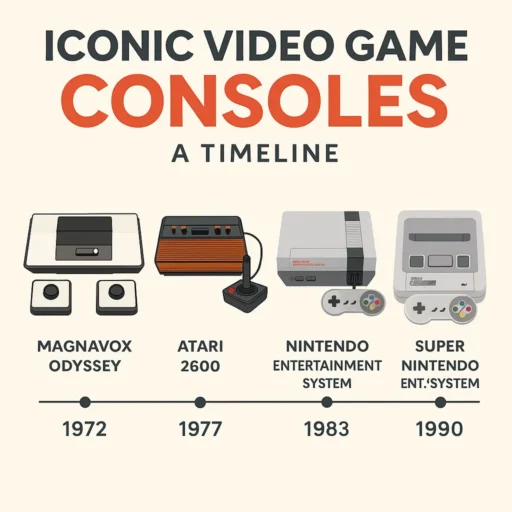
Foundations for the Future: Odyssey’s Lasting Legacy
While the Odyssey didn’t have the commercial impact of its successors, its influence runs deep. It introduced several key concepts:
- Home-based interactive entertainment
- Cartridge-based gameplay (though in a rudimentary form)
- Multiplayer console gaming
- Peripheral-based gameplay (e.g., the light gun)
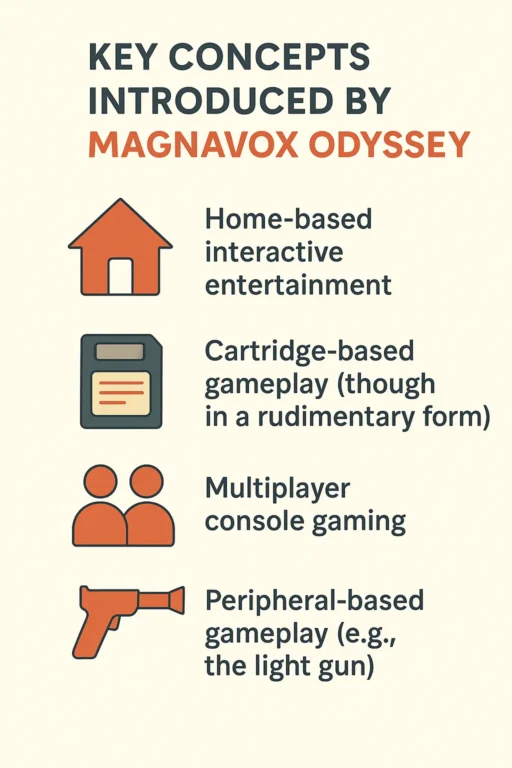
These foundational ideas helped shape the design of future consoles, including the Atari 2600, NES, and even modern systems. It made the concept of gaming at home feasible and desirable.
Ralph Baer went on to contribute to several other innovations, including the beloved electronic memory game, Simon.
A Collector’s Holy Grail
The original Magnavox Odyssey is a prized collectible today. Enthusiasts and retro game historians consider it the “missing link” in the evolutionary chain of video game consoles.
A complete boxed set—including console, overlays, cards, manual, and accessories—can fetch between $300 to over $1,200 depending on condition. Rare accessories like the Shooting Gallery light gun or international variants add even more value.
While difficult to play on modern TVs and nearly impossible to emulate authentically, owning an Odyssey is a statement: you appreciate gaming’s roots.
Conclusion: A Quiet Revolution with Lasting Impact
The Magnavox Odyssey didn’t flash across screens or top sales charts, but its quiet revolution changed the world. It redefined televisions from passive receivers to interactive entertainment devices. It reimagined what games could be—not just arcade cabinets, but personal experiences you could have at home.
Would home consoles have existed without the Odyssey? Maybe. But Baer’s invention proved the concept could work. It laid the blueprint for everything from cartridges and controllers to the idea of multiplayer home gaming.
So, the next time you boot up your PS5, Xbox Series X, or Switch, take a moment to remember a little white box from 1972 that dared to dream differently.


